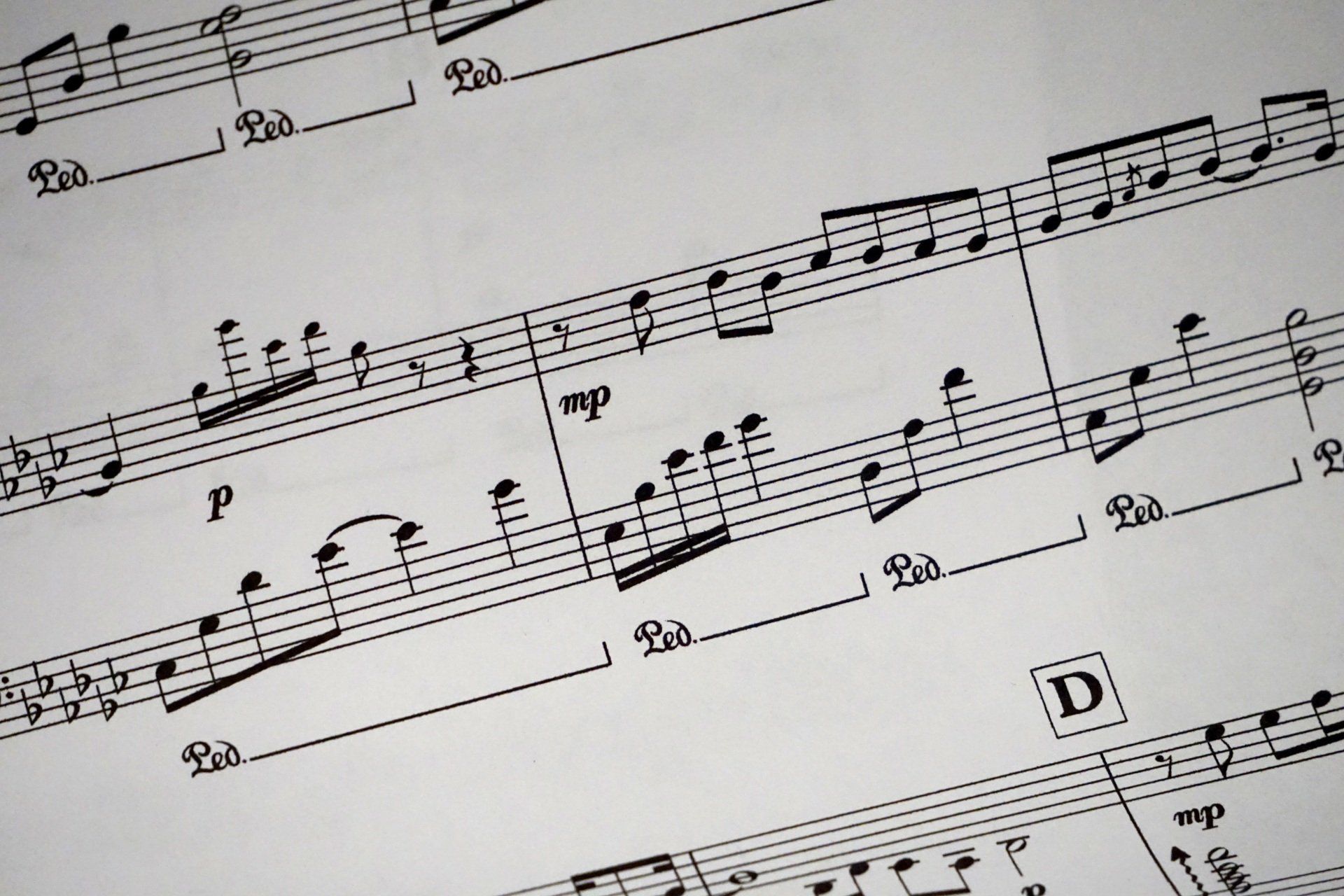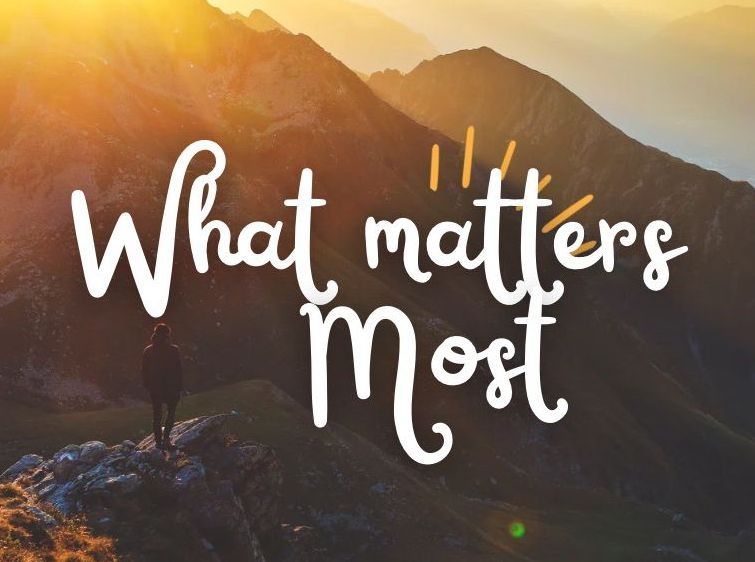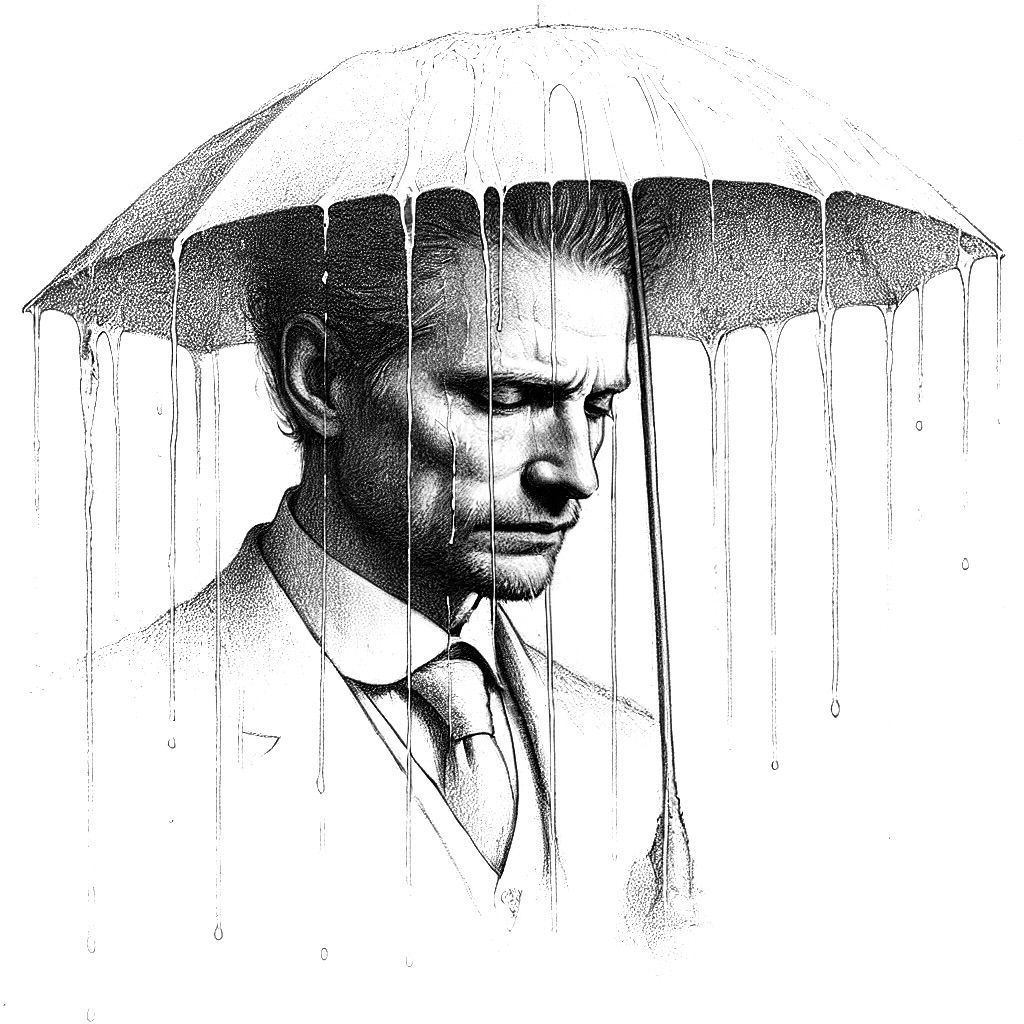The Rain and the Umbrella
How to Manage Emotional Storms with ADHD
The Influence of Music on the Human Physiology

Music has long been known to have a profound effect on the human body and mind. From the earliest days of humanity, music has been used for healing, religious ceremonies, and as a form of expression. Today, the science behind the power of music is better understood than ever before, and the benefits of music on the human physiology are becoming increasingly clear.
One of the most renowned spiritual teacher and author Wayne Dyer said, "Music is a language that doesn't speak in particular words. It speaks in emotions, and if it's in the bones, it's in the bones." Music and its ability evoke emotion is undeniable, and it has been shown to have a significant impact on our physiological responses.
Music has the ability to alter our heart rate, blood pressure, and even the release of hormones in the body. For example, listening to calming music can slow down the heart rate and lower blood pressure, while upbeat music can increase heart rate and blood pressure. Research has shown that listening to music can also lead to the release of endorphins, the body's natural feel-good chemicals, which can help to reduce pain and improve mood. He believed that music has the ability to speak to us on an emotional level, bypassing the barriers of language and culture. According to Dyer, "Music has the power to take us to a higher state of consciousness, to connect us with our inner selves, and to provide a deeper understanding of life." He believed that music has the ability to bring us closer to our true nature, and that it has the power to heal and transform our lives. He taught us that music can be used as a tool for personal growth and self-discovery. He said, "Music can help us to tap into the unlimited resources of the mind and spirit, and to awaken our innate wisdom and creativity." By listening to music that resonates with us, we can access deep levels of self-awareness, and gain a better understanding of our own inner workings. Dyer believed that music is a powerful tool that has the ability to change our lives. By tapping into its power, we can connect with our inner selves, achieve a deeper understanding of life, and unleash the unlimited resources of the mind and spirit
Another well known speaker, strategist and author Tony Robbins said, "Music has the power to change our emotional state and help us access the inner resources we need to achieve our goals." Music can be used as a powerful tool to help us achieve our goals, whether they be physical, emotional or mental. Listening to music that aligns with our desired state can help to shift our mindset and motivation. For example, listening to upbeat, motivational music can help to increase energy levels and focus, making it easier to tackle a difficult task.
Music has a powerful influence on the human physiology. It can evoke emotions, alter physiological responses, and even change our mindset and motivation. It is a tool that can be used to improve our physical and mental well-being, and it should be utilized more often in everyday life.
what Matters Most

Have you ever had one of those moments where your brain feels like a thunderstorm—wild, chaotic, and then suddenly lit up by a lightning bolt so bright it stops you in your tracks? If you’ve got ADHD, I’m betting you know exactly what I mean. When you’re locked in and unstoppable, those electric bursts of energy are what I call the "lightning" of ADHD. They’re thrilling, right? But they can also vanish as fast as they strike, leaving you wondering how to hold onto that magic. Well, grab a cozy spot and stick with me—today, we’re diving into Chapter 5 of Harnessing the Storm, "Lightning and the Lightning Rod," to figure out how to catch that lightning and make it work for you. Spoiler: it’s less about fighting your brain and more about working with it, and I can’t wait to share how. Let’s paint a picture: You’re sitting there, maybe avoiding something boring like folding laundry, when—ZAP!—an idea hits. It’s brilliant. You’re buzzing, diving into a project with laser focus, and you’re a force of nature “for a little while.” That’s hyper-focus, one of ADHD’s hidden gems. In Chapter 5, I liken it to lightning because it’s intense, fleeting, and downright powerful. But here’s the catch—just like a real storm, it doesn’t always stick around. One second, you’re deep in the zone, and the next, you’re distracted by a shiny object or lost in a daydream about tacos. I’ve been there more times than I can count. For years, I’d get frustrated when those bursts faded before I could finish anything. Then it hit me: that lightning isn’t a glitch—it’s a gift. We just need a way to channel it. So, how do we catch it? That’s where the "lightning rod" comes in—a tool to grab and direct that raw energy somewhere useful. Think of it like this: researchers, like those at the Cleveland Clinic, say hyper-focus happens when something grabs your interest so hard that your brain tunes out everything else (Cleveland Clinic, 2023). It’s why you might lose hours to a video game or a passion project but struggle to care about spreadsheets. In the book, I share a story about my buddy Sam, who’s got ADHD and a love for building model trains. He’d get these wild ideas for intricate designs, but they’d fizzle out fast. Then he tried what I call the "Capture and Contain" trick. Step one: capture the lightning. When inspiration hits, scribble it down—notebook, phone, napkin, whatever’s handy. Sam started sketching his train layouts the moment they sparked. Step two: contain it. Pick one tiny next step—like “Spend 20 minutes tomorrow gathering supplies”—so that burst doesn’t just drift away. Now, Sam’s got a shelf full of finished models, and he’s beaming with pride. You can do this, too, whether it’s a creative idea, a work goal, or something that just lights you up inside. Here’s the heart of it: those lightning moments aren’t just about productivity—they’re a clue to who you are. Experts like Dr. Russell Barkley point out that ADHD brains thrive on dopamine, that feel-good chemical tied to reward and motivation (Barkley, 2015). When you hyper-focus, it’s often on stuff that feeds your soul—things that excite or challenge you. For me, it’s writing—like pouring my thoughts into this post for you. What’s it for you? Maybe it’s music, fixing things, or dreaming up big ideas. That’s your lightning rod’s sweet spot. You can carve out more space for it by noticing what triggers your hyper-focus. Imagine saying, “Hey, this thing I love? I’m going to make it happen more.” That’s not just managing ADHD—that’s turning it into your superpower. And don’t worry if it feels messy at first. Hyper-focus can be a double-edged sword—amazing when it works, tricky when it doesn’t. WebMD notes that while it can lead to incredible bursts of creativity, it might also mean losing track of time or neglecting other stuff (WebMD, 2023). That’s why your lightning rod needs a little structure. Try setting a timer to keep your bursts in check, or pair them with a reward—like a snack after an hour of focus. I once got so caught up writing that I forgot to eat all day—lesson learned! Now, I set a little alarm to nudge me back to reality. It’s not about taming the storm; it’s about guiding it so you don’t burn out. So, don't let the lightning slip through your fingers next time it strikes. Catch it, channel it, and let it fuel something incredible. You’ve got a storm in you, sure—but it’s a gorgeous, powerful one. Want more ideas like this? Flip through Harnessing the Storm or swing by our crew at www.itswhatmattersmost.com. I’d love to hear what your lightning looks like—drop me a note or leave a comment. Let’s harness this storm together, okay?
what Matters Most

Have you ever had one of those moments where your brain feels like a thunderstorm—wild, chaotic, and then suddenly lit up by a lightning bolt so bright it stops you in your tracks? If you’ve got ADHD, I’m betting you know exactly what I mean. When you’re locked in and unstoppable, those electric bursts of energy are what I call the "lightning" of ADHD. They’re thrilling, right? But they can also vanish as fast as they strike, leaving you wondering how to hold onto that magic. Well, grab a cozy spot and stick with me—today, we’re diving into Chapter 5 of Harnessing the Storm, "Lightning and the Lightning Rod," to figure out how to catch that lightning and make it work for you. Spoiler: it’s less about fighting your brain and more about working with it, and I can’t wait to share how. Let’s paint a picture: You’re sitting there, maybe avoiding something boring like folding laundry, when—ZAP!—an idea hits. It’s brilliant. You’re buzzing, diving into a project with laser focus, and you’re a force of nature “for a little while.” That’s hyper-focus, one of ADHD’s hidden gems. In Chapter 5, I liken it to lightning because it’s intense, fleeting, and downright powerful. But here’s the catch—just like a real storm, it doesn’t always stick around. One second, you’re deep in the zone, and the next, you’re distracted by a shiny object or lost in a daydream about tacos. I’ve been there more times than I can count. For years, I’d get frustrated when those bursts faded before I could finish anything. Then it hit me: that lightning isn’t a glitch—it’s a gift. We just need a way to channel it. So, how do we catch it? That’s where the "lightning rod" comes in—a tool to grab and direct that raw energy somewhere useful. Think of it like this: researchers, like those at the Cleveland Clinic, say hyper-focus happens when something grabs your interest so hard that your brain tunes out everything else (Cleveland Clinic, 2023). It’s why you might lose hours to a video game or a passion project but struggle to care about spreadsheets. In the book, I share a story about my buddy Sam, who’s got ADHD and a love for building model trains. He’d get these wild ideas for intricate designs, but they’d fizzle out fast. Then he tried what I call the "Capture and Contain" trick. Step one: capture the lightning. When inspiration hits, scribble it down—notebook, phone, napkin, whatever’s handy. Sam started sketching his train layouts the moment they sparked. Step two: contain it. Pick one tiny next step—like “Spend 20 minutes tomorrow gathering supplies”—so that burst doesn’t just drift away. Now, Sam’s got a shelf full of finished models, and he’s beaming with pride. You can do this, too, whether it’s a creative idea, a work goal, or something that just lights you up inside. Here’s the heart of it: those lightning moments aren’t just about productivity—they’re a clue to who you are. Experts like Dr. Russell Barkley point out that ADHD brains thrive on dopamine, that feel-good chemical tied to reward and motivation (Barkley, 2015). When you hyper-focus, it’s often on stuff that feeds your soul—things that excite or challenge you. For me, it’s writing—like pouring my thoughts into this post for you. What’s it for you? Maybe it’s music, fixing things, or dreaming up big ideas. That’s your lightning rod’s sweet spot. You can carve out more space for it by noticing what triggers your hyper-focus. Imagine saying, “Hey, this thing I love? I’m going to make it happen more.” That’s not just managing ADHD—that’s turning it into your superpower. And don’t worry if it feels messy at first. Hyper-focus can be a double-edged sword—amazing when it works, tricky when it doesn’t. WebMD notes that while it can lead to incredible bursts of creativity, it might also mean losing track of time or neglecting other stuff (WebMD, 2023). That’s why your lightning rod needs a little structure. Try setting a timer to keep your bursts in check, or pair them with a reward—like a snack after an hour of focus. I once got so caught up writing that I forgot to eat all day—lesson learned! Now, I set a little alarm to nudge me back to reality. It’s not about taming the storm; it’s about guiding it so you don’t burn out. So, don't let the lightning slip through your fingers next time it strikes. Catch it, channel it, and let it fuel something incredible. You’ve got a storm in you, sure—but it’s a gorgeous, powerful one. Want more ideas like this? Flip through Harnessing the Storm or swing by our crew at www.itswhatmattersmost.com. I’d love to hear what your lightning looks like—drop me a note or leave a comment. Let’s harness this storm together, okay?


